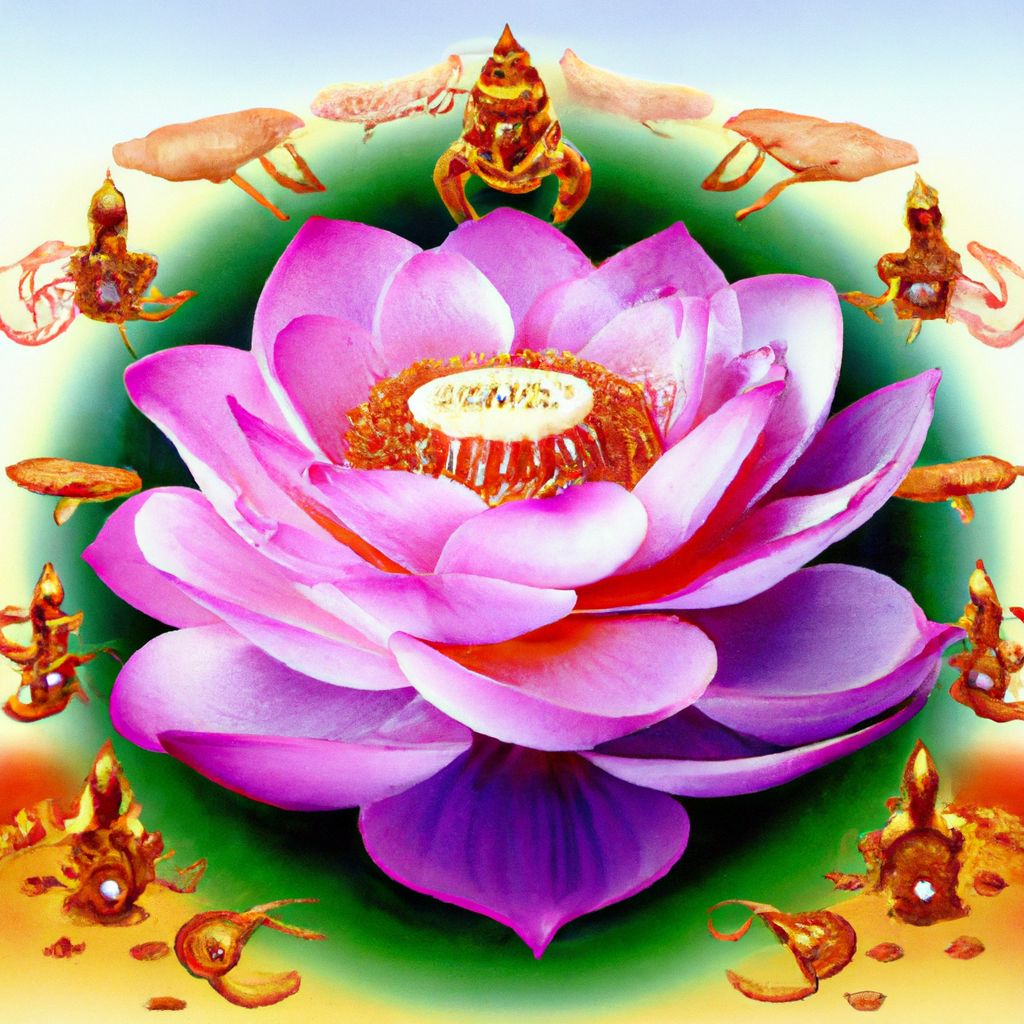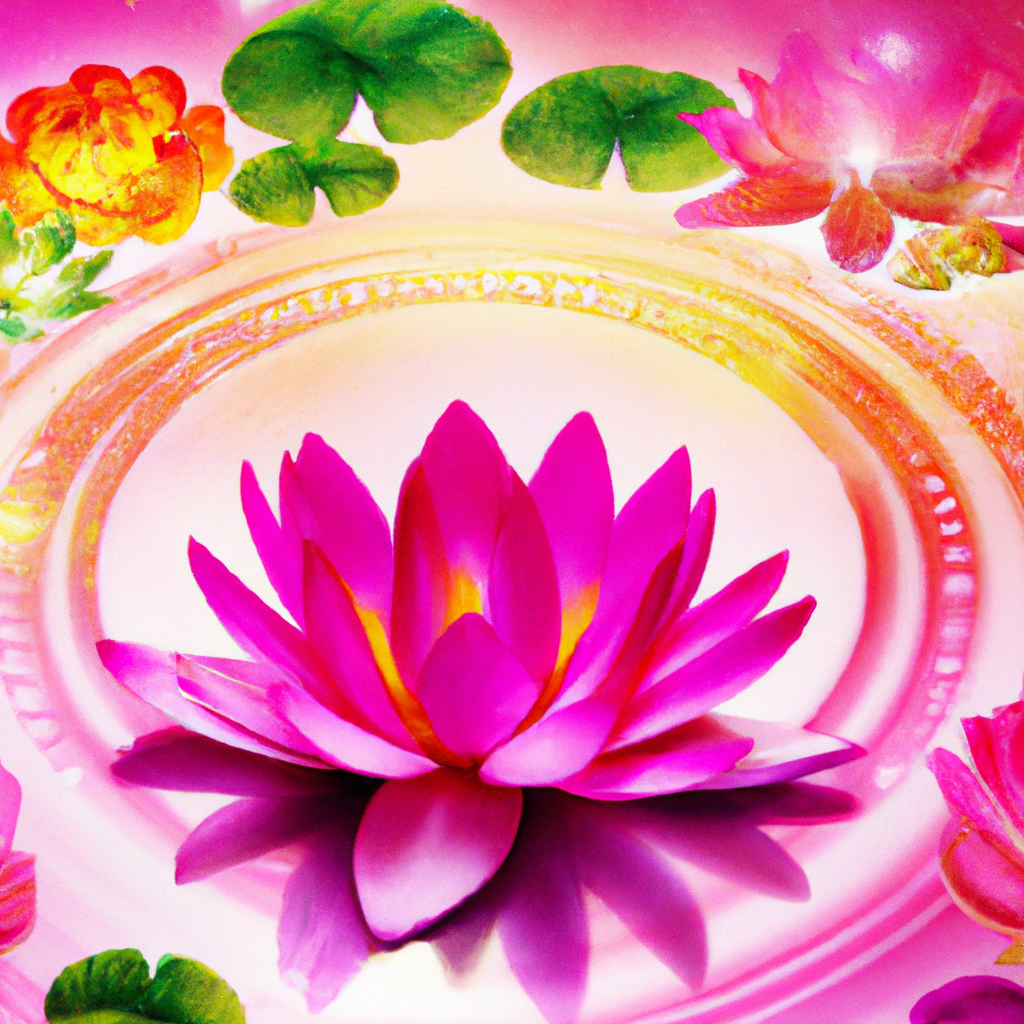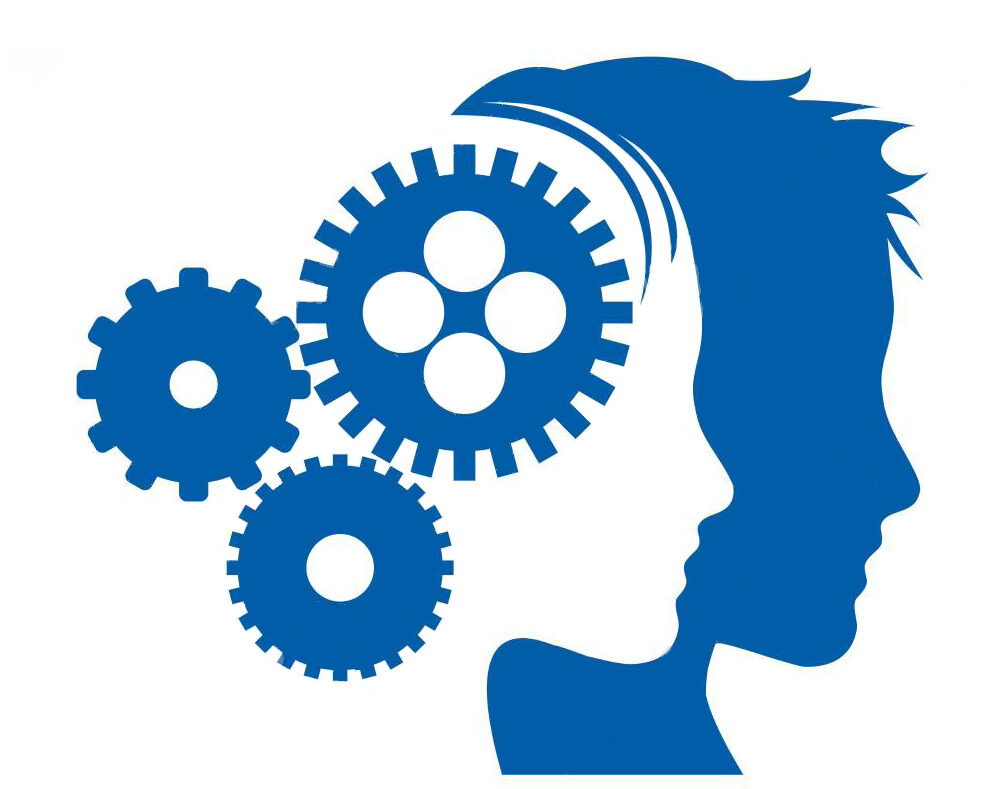Imagine having a powerful tool that can help you align your energy centers and promote overall well-being. Look no further than the Chakra Chart. This essential guide provides a comprehensive overview of the seven main chakras, their corresponding colors and symbols, and the associated physical, emotional, and spiritual attributes. With this user-friendly chart, you can easily identify any imbalances or blockages within your chakras, and take steps towards restoring harmony and vitality in your life. Find out how this captivating Chakra Chart can transform your understanding of energy and enhance your self-care practices.

What is a Chakra Chart?
A Chakra Chart is a visual representation of the chakras, which are energy centers within the body. It provides a comprehensive overview of the chakra system, including the different types of chakras, their corresponding symbols and colors, and the various techniques and practices associated with each chakra. By using a chakra chart, you can gain a deeper understanding of the chakra system, identify imbalances or blockages, and work towards achieving balance and harmony in your mind, body, and spirit.
Overview of Chakras
Definition
Chakras can be defined as energy centers that are located at specific points along the central channel in our body, known as the “nadis.” There are seven main chakras, each associated with a specific color and symbol. These chakras are believed to be responsible for the flow of vital energy, or “prana,” throughout our body, and they play a crucial role in our physical, emotional, and spiritual well-being.
Origin
The concept of chakras originated in ancient Indian spiritual traditions, particularly in the practice of yoga and meditation. The earliest mentions of chakras can be found in ancient texts like the Vedas and the Upanishads. Over time, the understanding of chakras has spread to various spiritual and healing practices around the world.
Types
Though there are seven main chakras that are commonly discussed, there are actually many more chakras in the body. In addition to the primary chakras, there are also minor chakras located throughout the body, such as the hand and foot chakras. These additional chakras are believed to contribute to the overall energy flow in the body and can be explored in more advanced chakra work.
Understanding the Chakra System
Chakra Energy
Chakras are often described as spinning wheels of energy or vortexes. They are responsible for the flow of energy or life force throughout our body. Each chakra has a specific frequency and vibrational level, and when they are in balance and aligned, the energy flows freely, promoting overall well-being. However, when there are imbalances or blockages in the chakras, it can lead to physical, emotional, or spiritual issues.
Chakra Balancing
Chakra balancing refers to the process of bringing the chakras back into alignment and balance. This can be done through various practices, such as meditation, yoga, or energy healing techniques. By balancing the chakras, you can enhance the flow of energy, improve overall health, and promote a sense of well-being and harmony.
Chakra Healing
Chakra healing is the practice of addressing any imbalances or blockages in the chakras to promote healing on physical, emotional, and spiritual levels. It involves identifying the specific chakras that may be affected and using various techniques and practices to restore balance and vitality. Chakra healing can be done through energy healing modalities, such as Reiki or crystal therapy, as well as through lifestyle changes and self-reflection.
The Seven Main Chakras
Root Chakra
The Root Chakra, or Muladhara, is located at the base of the spine and is associated with the color red. It is connected to our basic needs for survival, stability, and grounding. When the Root Chakra is balanced, we feel secure, grounded, and connected to our physical body and the earth.
Sacral Chakra
The Sacral Chakra, or Svadhisthana, is located in the lower abdomen and is associated with the color orange. It governs our emotions, sexuality, creativity, and passion. When the Sacral Chakra is balanced, we experience a healthy flow of emotions, creativity, and sexual energy.
Solar Plexus Chakra
The Solar Plexus Chakra, or Manipura, is located in the upper abdomen and is associated with the color yellow. It is connected to our personal power, self-esteem, and confidence. When the Solar Plexus Chakra is balanced, we have a strong sense of self-worth, confidence, and motivation.
Heart Chakra
The Heart Chakra, or Anahata, is located in the center of the chest and is associated with the color green. It represents love, compassion, forgiveness, and emotional balance. When the Heart Chakra is balanced, we experience deep love and connection, both with ourselves and others.
Throat Chakra
The Throat Chakra, or Vishuddha, is located in the throat area and is associated with the color blue. It governs communication, self-expression, and speaking our truth. When the Throat Chakra is balanced, we can express ourselves clearly and authentically, and we have strong communication skills.
Third Eye Chakra
The Third Eye Chakra, or Ajna, is located between the eyebrows and is associated with the color indigo. It represents intuition, inner wisdom, and spiritual insight. When the Third Eye Chakra is balanced, we have heightened intuition, clarity of thought, and a deep connection to our inner wisdom.
Crown Chakra
The Crown Chakra, or Sahasrara, is located at the top of the head and is associated with the color violet or white. It is the highest chakra and represents our spiritual connection, consciousness, and enlightenment. When the Crown Chakra is balanced, we experience a sense of spiritual awakening, connection to higher realms, and a deep sense of peace.

Chakra Chart Symbols and Colors
Symbolism of Chakras
Each chakra is associated with a specific symbol that represents its unique qualities and attributes. These symbols can vary depending on different traditions and interpretations. For example, the Root Chakra is often depicted as a lotus flower with four petals, while the Sacral Chakra is represented by a crescent moon. These symbols help us visualize and connect with the energy and essence of each chakra.
Meaning of Chakra Colors
The colors associated with each chakra carry their own symbolism and meaning. They can influence our emotions, thoughts, and overall energetic state. For instance, the color red represents vitality, passion, and grounding, while the color blue signifies communication, expression, and clarity. By understanding the meaning of chakra colors, we can use them to enhance our energy, balance our chakras, and promote overall well-being.
Benefits of Using a Chakra Chart
Self-Improvement
Using a chakra chart can facilitate self-improvement by providing a roadmap for personal growth and development. By identifying the areas of imbalance or blockages in your chakras, you can work on specific aspects of your life that need attention. Whether it’s enhancing your confidence through Solar Plexus Chakra work or cultivating love and compassion through Heart Chakra practices, a chakra chart can guide you towards becoming the best version of yourself.
Emotional Healing
The chakras are closely linked to our emotions, and imbalances in the chakras can manifest as emotional issues or disturbances. By using a chakra chart, you can pinpoint the chakras that may be contributing to emotional challenges and focus on practices that promote emotional healing and balance. Whether it’s working with the Sacral Chakra to heal past traumas or connecting with the Heart Chakra to cultivate self-love, a chakra chart can be a valuable tool on your healing journey.
Physical Well-being
The chakras not only influence our emotional and spiritual well-being but also our physical health. When the chakras are balanced and harmonized, it can have a positive impact on our overall physical well-being. By using a chakra chart, you can identify the chakras that may be associated with specific physical issues or ailments and engage in practices that promote healing and vitality. From focusing on the Root Chakra to enhance physical strength and stability to working with the Third Eye Chakra to support eye health and intuition, a chakra chart can be a valuable resource for maintaining optimal physical health.
Spiritual Development
The chakras are deeply connected to our spiritual growth and can pave the way for higher levels of consciousness and spiritual awakening. By exploring the chakra system through a chakra chart, you can deepen your understanding of your spiritual self and tap into your innate wisdom. Whether it’s through meditation on the Crown Chakra to connect with the divine or using visualization techniques to awaken the Third Eye Chakra, a chakra chart can support your spiritual development and connection to the sacred.

How to Use a Chakra Chart
Finding Balance
To use a chakra chart for finding balance, start by familiarizing yourself with the different chakras and their associated qualities. Assess how you feel in each area of your life and identify any imbalances or blockages that may be present. Once you have identified the chakras that need attention, focus on practices that can help bring them back into balance. This may include meditation, yoga poses, affirmations, or working with crystals associated with each chakra. Regularly check in with your chakras, use the chart as a guide, and adjust your practices as needed to maintain balance and harmony.
Identifying Blockages
A chakra chart can help you identify blockages or areas of stagnation in your energy system. Pay attention to any physical or emotional symptoms you may be experiencing and refer to the chakra chart to see which chakra may be associated with those symptoms. By identifying the specific chakra that is blocked or imbalanced, you can then focus on practices that target that chakra to release the blockage and restore energy flow. This can include energy healing sessions, breathwork, or any other technique that resonates with you.
Setting Intentions
Using a chakra chart can also be a powerful tool for setting intentions and manifesting desired outcomes. Each chakra has its unique qualities and attributes, and you can use the chart to align your intentions with the specific energy of the chakra that resonates with your goals. For example, if you are seeking abundance and prosperity, you can set an intention related to the Solar Plexus Chakra, which governs personal power and manifestation. By setting clear intentions aligned with the energy of the chakra, you can amplify your manifestation abilities and tap into the vast potential within you.
Chakra Chart Techniques and Practices
Meditation
Meditation is a powerful practice for working with the chakras. By focusing your awareness on each individual chakra, you can activate and balance its energy. You can use guided meditations specifically designed for each chakra or simply visualize the corresponding color and symbol while meditating. Regular chakra meditation can help you deepen your connection with your chakras and promote overall energetic harmony.
Visualization
Visualization is another effective technique for working with the chakras. By imagining the chakras as spinning wheels of light, you can enhance their energy and promote balance. You can visualize each chakra one by one, starting from the Root Chakra and moving up to the Crown Chakra, or focus on a specific chakra that needs attention. Imagining the chakra opening, expanding, and radiating its specific color can help activate and balance its energy.
Affirmations
Affirmations are positive statements that can help reprogram your subconscious mind and replace negative beliefs or patterns. Each chakra has its own set of affirmations that align with its qualities and attributes. By using affirmations related to specific chakras, you can support their healing and activation. For example, for the Sacral Chakra, you can use affirmations like “I embrace my creativity and express myself freely,” or for the Heart Chakra, you can use affirmations such as “I forgive myself and others, and I choose love in every situation.”
Crystals
Crystals are known for their energy properties and can be used to support chakra healing and balancing. Each chakra has certain crystals associated with it that can enhance its energy and promote balance. For example, red jasper or garnet can be used to support the Root Chakra, while amethyst or clear quartz can be used for the Crown Chakra. You can place crystals on the corresponding chakras during meditation or wear them as jewelry to benefit from their energetic properties throughout the day.
Yoga
Yoga is a holistic practice that combines physical postures, breathwork, and meditation. Certain yoga poses are specifically designed to activate and balance the chakras. For example, child’s pose or mountain pose can support the Root Chakra, while cobra pose or fish pose can awaken the Heart Chakra. By incorporating chakra-focused yoga sequences into your practice, you can enhance the flow of energy and promote overall chakra balance.
Breathing Exercises
Breathing exercises, also known as pranayama, are a powerful way to work with the chakras and activate the flow of prana. Different pranayama techniques can be used to stimulate specific chakras. For example, deep, grounding breaths can support the Root Chakra, while alternate nostril breathing can harmonize the energy of the Third Eye Chakra. By incorporating breathwork into your daily routine, you can cleanse and activate your chakras and enhance your overall vitality.

Recommended Resources for Chakra Chart
Books
There are various books available that provide in-depth information on the chakras and their corresponding chart. Some recommended books include “Wheels of Life” by Anodea Judith, “Eastern Body, Western Mind” by Anodea Judith, and “The Book of Chakra Healing” by Liz Simpson. These books offer detailed explanations of each chakra, practical exercises, and insights into the chakra system.
Online Courses
If you prefer a more interactive learning experience, online courses can be a great resource. Many reputable teachers and websites offer courses on the chakras and how to work with a chakra chart. Udemy, Coursera, and Gaia are popular platforms that offer a wide range of courses on chakra healing, meditation, and energy work.
Workshops
Attending workshops or retreats focused on the chakras can provide an immersive and transformative experience. Many holistic wellness centers and spiritual schools offer workshops on chakra healing, energy work, and meditation. These workshops often include hands-on practices, guided meditations, and in-depth teachings on the chakras.
Apps
In the digital age, there are also various apps available that provide chakra charts, guided meditations, and other resources related to the chakras. Some popular apps include “Chakra Healing” by Alan Edwards, “The Chakras” by Alexander M. Simon, and “Chakra Meditation” by Diviniti Publishing Ltd. These apps can be accessed anytime, anywhere, making it convenient to incorporate chakra work into your daily routine.
Conclusion
In conclusion, a Chakra Chart is a valuable tool for understanding the chakra system and working towards achieving balance, harmony, and self-improvement. Whether you are looking to enhance your emotional well-being, cultivate spiritual growth, or improve your physical health, a chakra chart can guide you on your journey. By exploring the symbols and colors associated with each chakra, understanding their qualities and attributes, and incorporating chakra-focused practices into your daily life, you can tap into the transformative power of the chakras and experience profound healing and personal growth.








